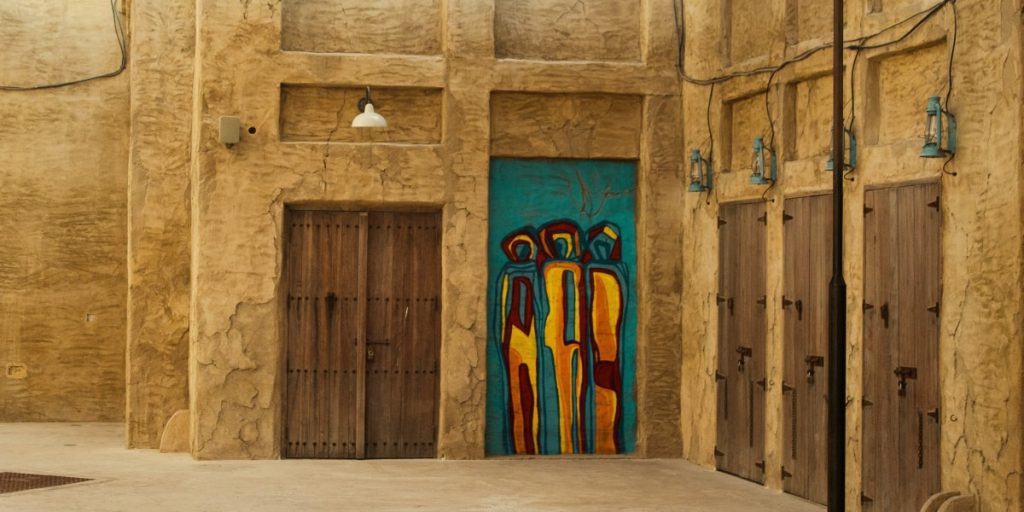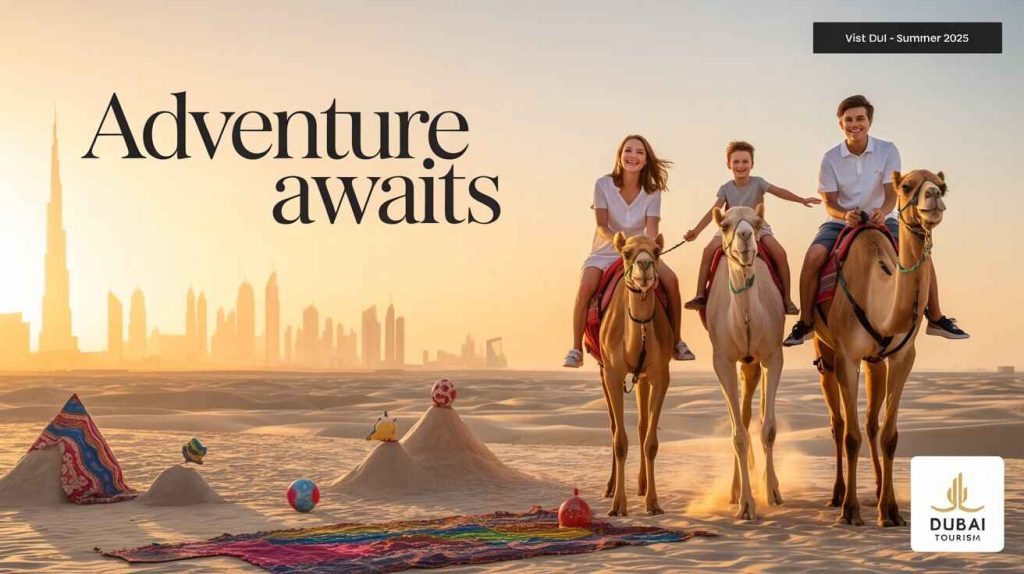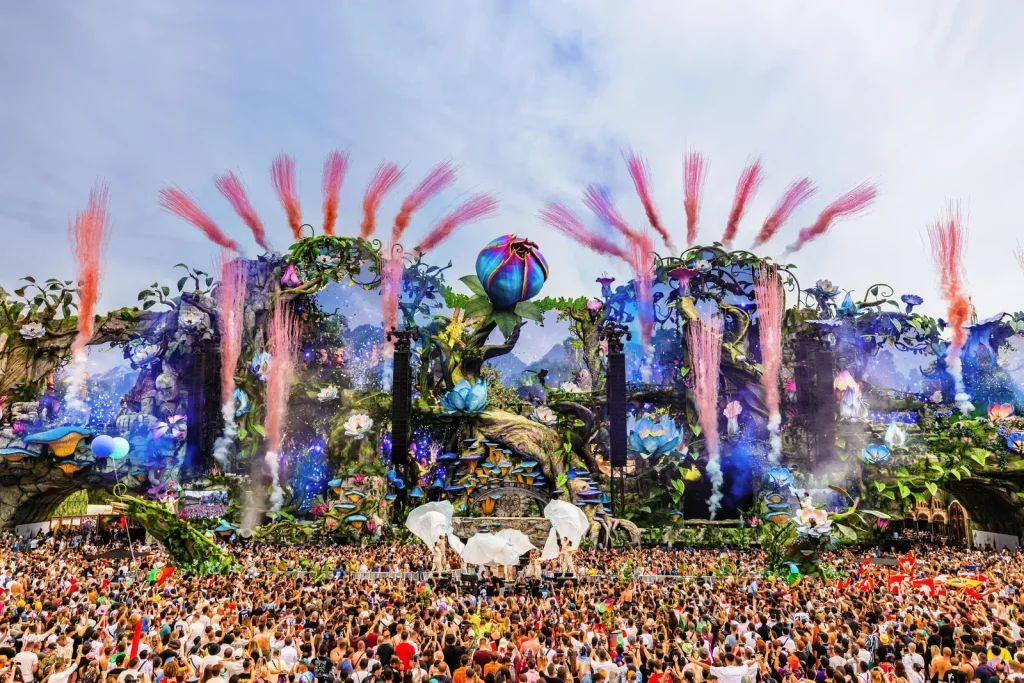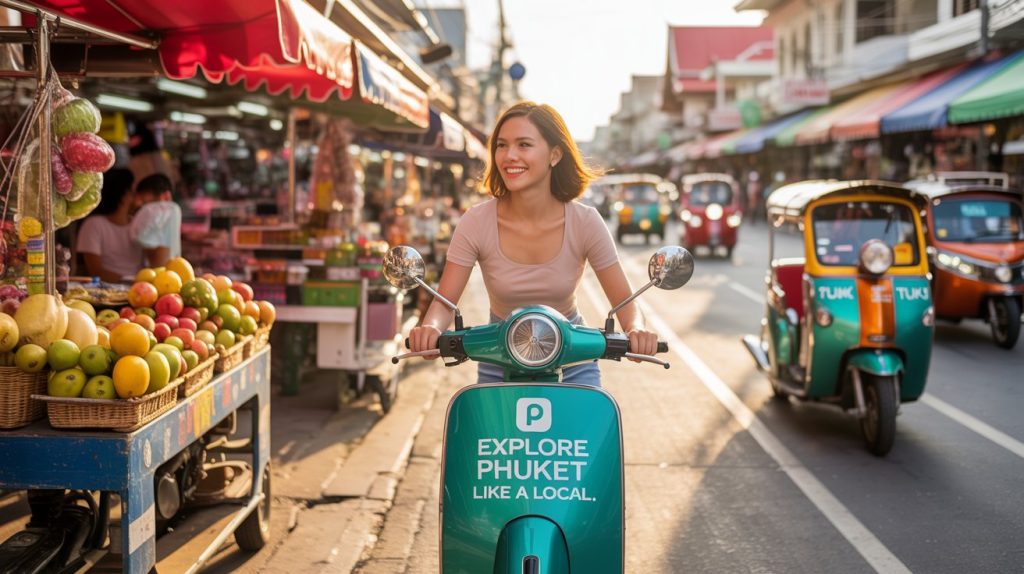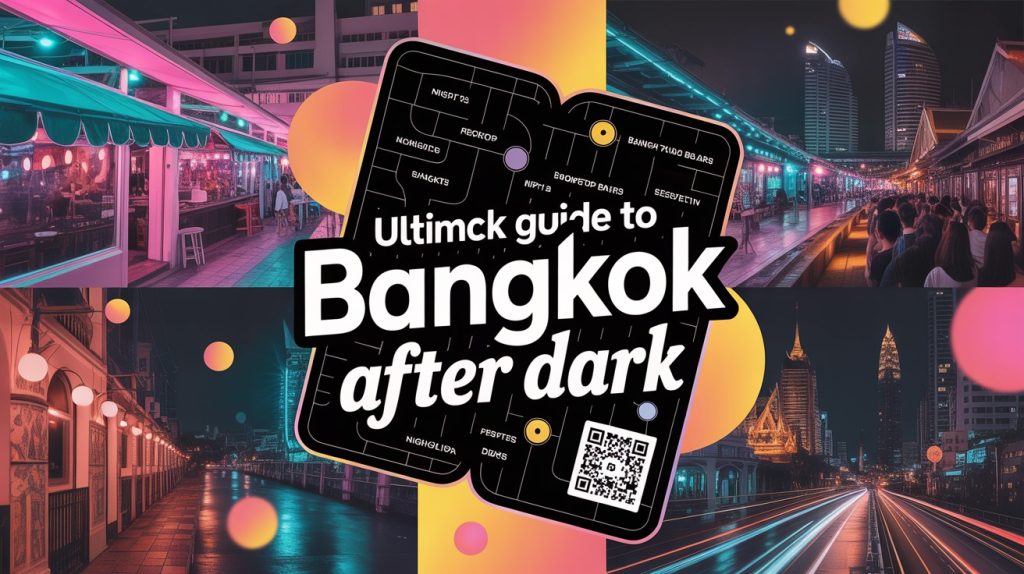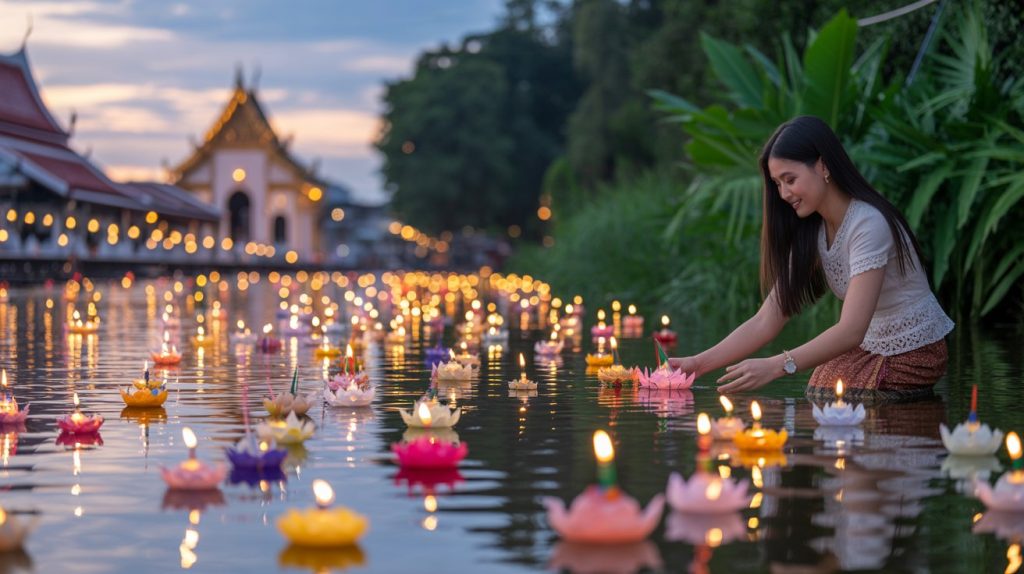The United Arab Emirates (UAE), situated at the crossroads of the Middle East, epitomises the perfect unison of age-old traditions and modernity. Behind the famous skyline of Dubai and the lavish resorts of Abu Dhabi is a carefully preserved UAE cultural heritage nurtured over centuries, weaving a complex cultural fabric, making it one of the significant reasons to visit the UAE. A highly Westernised country rooted in Islamic culture, following a decent modern dress code, Dubai culture is a unique pillar of the UAE heritage. An Arab Islamic state practising the Sharia Law with contemporary architecture, buzzing nightlife, luxurious shopping malls, and rich cars, UAE flaunts the perfect blend of the West and East. Are you in for a deep read about a nation with more than 88% of the population filled with expats yet persistent in its unique culture? In this special edition of a thoroughly researched blog and traveller’s guide on the Culture, Customs, and Traditions of the United Arab Emirates, you will get a comprehensive idea of the Emirati culture and heritage and how to experience Emirati culture in Dubai.
A Rich Tapestry of History and Heritage:
The present-day cultural aspect of the UAE dates back to ancient times. These areas were inhabited by indigenous peoples called “Bedouins”, who would move on camel caravans for trade and sustenance. These desert dwellers brought about the formative cultural development of the UAE, which we now proudly call the cultural heritage of the UAE. The cultural passing of their traditions, such as the nomadic heritage, valuable hospitality and Arabic greetings, intricate handicrafts and eloquent poetry, and their style of community living are preserved dearly to date in the traditions of UAE. The coming of Islam in the seventh century after the opening of Mecca transformed culture and society into a form that persists in the Arabian Peninsula, leading to the beginning of a new era in the history of the UAE. The embracement of Islam in the Arabian peninsula accompanied a significant change in lifestyle practices, more so to become the Emirati heritage majorly. With prominent celebrations of the holy month of Ramadan, education of Islam and its practices in schools and Islamic infrastructure around the state, a significant part of UAE’s Cultural heritage is influenced by Islam.
The historic Silk Road saw the Emirates as a major crossroads that helped shape cultural links between different communities, significantly contributing to the region’s identity. In the UAE, Islam is more than just a religion; it is an integral part of Emirati cultural norms and societal structure. Cities are permeated with the sound of prayer calls, and the country is dotted by mosques, which serve as holy places for prayers and local centres for interaction. Islam is integrated into all aspects of life and defines family relations and business affairs. The whole country experiences a transformation in Ramadan. Muslims refrain from eating and drinking between dawn and sunset and indulge in a path of spiritual growth, empathy, and gratefulness. Iftar, or the breaking of fast, is a ritual for people within families and friends where they meet and eat to foster relationships and strengthen bonds.
Language and Communication: The Heart of Emirati Society
Marhaba! (Hello!) The United Arab Emirates is multicultural, and the language of choice is Arabic, which unites all the people in the UAE. Although most people can speak in English, especially in urban areas with a business background, Arabic represents the language of culture, heritage, and intimate conversations. The Arabic language mirrors the region’s poetic tradition with its complex calligraphy and vast vocabulary. Being the national language of the UAE, Arabic carries the weight and package of the culture and traditions of the UAE. Being a Semitic language, Arabic has various dialects. Emirati Arabic is the most standardised and popular version, while Gulf Arabic is the most widely spoken by the locals. Bedouin dialects, Egyptian Marsi, and other variations across the desertland will also be found. Apart from Arabic, English is the second most widely used language for personal and professional communication. UAE is a central global hub, with expatriates forming a significant part of the population, so English has become necessary.
Communication is vital in the UAE. Adab is an essential aspect of Emirati culture; it refers to expressions of courtesy and respect used in daily communication. The greeting is usually accompanied by a warm hug and inquiries about each other’s well-being, which reflects the importance of interpersonal ties in Emirati culture. Hospitality and warm greetings are a significant benchmark of UAE and Dubai culture. A sweet encounter over a cup of Arabian Coffee or Gahwa is a must for the Arabs. Another fascinating local custom of the Dubai cultural highlights is the nose greeting. Arabic men greet each other by touching each other’s nose or a peck on the cheek. Hospitality, or more precisely ‘diwan’, is a characteristic that is deeply embedded in the Emirati culture. The Emiratis derive great joy from being hospitable by welcoming guests with open arms. They also show their hospitality by serving guests delicious meals and traditional sweets. Majlis is an integral part of a typical home setting among the Emiratis. Family members and guests gather for discussions and story-telling while enjoying the fragrant Arabic coffee.
Embracing Emirati Traditions: From Clothing to Cuisine
National dress, or traditional attire in the UAE, manifests Emirati culture and heritage. Rarely will you find an Arab wearing a modern dress because a sense of clothing is an integral part of their Emirati traditions. These are not only outfits; they reflect cultural pride and compliance with local Emirati customs and traditions. Complex designs are another characteristic of UAE garments in different country regions. Embroidery and styles will differ depending on the emirate; thus, they create a visual narrative about the wearer’s heritage. Let us look at some traditional Emirati practices, from clothing to traditional Emirati food.
Kandura, also known as Thawb, is a long, flowing white cloak for a man. It is a loose-fitting garment made of white cotton. Kandura is worn along with Ghutrah, which covers the head and protects you from the sun. The Ghutrah is kept in place with the help of Agal, a black cord, and the former is also used to protect the face during sandstorms. Many more coats are worn for different purposes in Emirati culture, like the Bisht, which is worn for ceremonial purposes and functions.
The Abaya is a loose, long, fitting black coak often worn by women over Western clothes or comfort clothing. The Abaya covers the knees, legs, and hands and can also be found in white colour, but very rarely. The darkness of the garment helps in covering the attire beneath it. Another primary type of Arabic clothing is the famous Kaftan. Worn by Arabic women and others for its unique embroidery and fashion, it is styled with loose or baggy pants called Sirwal. Another major part of women’s Emirati clothing is the scarves and shawls, such as Hijab, Burqa, and Shyla.
The cuisine of the UAE is as rich as its culture. It combines Bedouin traditions, Persian influences, and Indian spices. The taste of the Emirati culinary experience is a symphony that reflects the country’s multicultural identity. Traditional Emirati food delights your taste buds and opens a book of the UAE’s culture and heritage. A fusion of flavours from all parts of the world is the unique feature of Emirati food. A significant part of Emirati food is Camel. The meat is used in various dishes, and everyone uses milk to keep up with the harsh weather of desserts. They also use camel meat in burgers and other western fusions as well.
Khubz Regag
This flatbread is a staple in the Middle East, as crispy as a sheet. Prepared out of whole wheat, water and salt, Khibz can be eaten as a stand-alone dish, or it is widely paired with meat, hummus, dates, or honey.
Gahwa
In Arabian households, roasted Arabic Coffee Beans are served to welcome guests with a palm full of dates. Hospitality is also offered through cardamom-flavored brews during parties and social gatherings, and dates are a standard gift for guests, symbolising abundance and tradition. The coffee and tea culture in UAE is famous for its authentic hospitality.
Harees
This traditional Emirati staple features slow-cooked meat, wheat and salt. It is an emblem of Arabian hospitality. Cooked over more prolonged bouts of time with meat, Harees is a test of one’s skill and persistence in the doors of the kitchen.
Majboos
Considered one of the UAE’s national dishes, Majboos is a rice dish infused with spices and usually served with chicken or lamb. Also known as Kabsa, it is a form of Arabic biriyani in its texture and preparation.
Luqaimat
A traditional Emirati food that melts in your mouth with a whiff of crunchiness is the best way to explain Luqaimat. A Middle Eastern-styled crunchy doughnut ball coated with sugar syrup, Luqaimat is a popular dessert in every Arabic household.
Traditional Arts and Crafts: A Window into Emirati Creativity
The UAE’s desire to preserve its cultural heritage manifests commitment and dedication to traditional arts and crafts. Crafts like camel bone carving, palm leaf weaving, and pottery often serve as tangible links with the country’s rich past. These artefacts, carefully constructed using fine skill and rich design, speak volumes about how Bedouins lived in the deserts and what it took to live that way. Al Fahidi, formerly Al Bastakiya, is another place that illustrates the sustainability of traditional architecture in Dubai. Touring the wind-tower houses and narrow streets takes tourists back to ancient times, allowing them to view the primitiveness and efficiency of Emirati dwellings.
Arabic calligraphy is a trademark of UAE culture and traditions. Written artistically, the practice is referred to as khatt. The word derives its meaning from the word line. The Arabic art of calligraphy is a renowned and established tag of Emirati arts and crafts, and you can find various exhibits in galleries and museums all across the UAE.
Embroidery and weaving are core strengths of Emirati cultural and textile heritage. From elegantly woven Kaftans to Sadu weaving and Al Araq carpets, the list is never-ending. Sadu weaving is a tradition passed down from the Bedouin tribes, a technique using the wool of sheep and goats to craft numerous geometric products. Al Araq carpets are handwoven and designed with patterns resembling the different landscapes of the UAE.
Emirati pottery and traditional UAE ceramics hold a significant position in the UAE’s cultural heritage. Everything from ornamental ceramics to functional earthenware is made in the United Arab Emirates, upholding the traditions of previous generations. For individuals interested in this age-old art form, cultural hubs and marketplaces around the emirates—especially Ras Al Khaimah—are refugees.
Camel racing and Falconry are some of the most cherished Arabian sports, among numerous other things to do in Dubai. With more than fifteen race tracks in UAE, this traditional Emirati sport has gained immense attention. Unique to UAE, the camel races can be witnessed at extravagant celebrations and festivities. Another major sport is Falconry, one of the oldest Arabian sports. Originally only entitled to the rich Sheikhs, it later evolved into one of the methods of sourcing food.
Emirati Hospitality and Etiquette
A key characteristic of UAE and Dubai culture is hospitality and cordial welcomes. For Arabs, a pleasant conversation over a cup of Arabian coffee or gahwa is essential. The nose greeting is another intriguing local tradition of Dubai’s cultural attractions. Arabic guys compliment each other on the cheek or touch their noses as they welcome one another. Emirati culture places a strong emphasis on hospitality, or more specifically, “diwan.” The Emiratis take immense pride in their ability to extend a warm welcome to visitors. Serving delectable meals and customary desserts to visitors is another way they demonstrate their hospitality. For Emiratis, majlis is an essential component of a typical household environment. While savouring the aromatic Arabic coffee, family members and visitors congregate for conversations and storytelling. Punctuality is also a major running factor when it comes to Arabian hospitality. Immense importance is given to being punctual.
When visiting the UAE, being mindful of social etiquette is very important. Dressing modestly and not ultra-modern, having an idea about the local culture, traditions, and practices, and not engaging in public displays of affection are some of the essential dots on the list. Even though Dubai is very Westernized and welcoming of modernity, they give the utmost sanctity to their religion, culture, and Emirati heritage, which everyone expects to maintain.
Festivals and Celebrations: The Spirit of the UAE
The UAE calendar has many festivals and celebrations to remember their culture and religion. These include the Eid al-Fitr and Eid al-Adha festivals, the concluding moments of Ramadan and the annual Hajj pilgrimage, the must-attend festivals in UAE reflecting Islam’s role in Emirati life. Communities pray, eat together, and share among themselves during such occasions, reflecting unity and compassion. Spending time with your family and loved ones is of great importance, and hence, most of the employees are on leave, and the entire city embraces the mood of Emirati celebrations. Another notable event of Emirati tradition in Abu Dhabi is the Al Hosn Festival, which celebrates Emirati music, dance, and crafts. The event allows locals and visitors to submerge themselves in the country’s rich culture. Ramadan is the next major festival in the UAE. In the ninth month of the Islamic calendar, Emiratis observe fasting from dawn until dusk and break the pledge with an evening meal called iftar. This month is a time of purity and spirituality for the Emirati crowd.
Eid Al Etihad 53, formerly known as the UAE National Day, is a celebration commemorating the beautiful joining and unification of all the emirates. The celebration of history comprises parades, dance performances, fireworks, and cultural exhibitions. It is a true gathering of fun, laughter, cherished memories, and pride.
The Evolution of Modern Emirati Culture
The cultural ethos of Emiratis fosters a close relationship with their environment. Formerly seen as challenging terrain, the country is now seen through lenses as sacred and with respect. The Al-Marmoom desert conservation reserve in Dubai illustrates the delicate balancing of modern development with environmental conservation. Despite being modern and tech-savvy, the UAE is keenly aware of its rich culture. Dubai has magnificent architectural wonders such as Burj Khalifa and Burj Arab, where contemporary design combines traditional influence. Louvre Abu Dhabi and the Etihad Museum, among others, are critical in maintaining the country’s cultural legacy. They act as bridges connecting people living in the present to the historical legacy of Emirati society and culture. The role of women is also a relevant and profusely spoken topic regarding modernization in the Emirates. UAE is one of the leading countries regarding gender equality and prosperity. With an index score of 22nd out of 170 countries, the UAE emphasises equal rights for women. They enjoy the same legal status, educational rights and financial capabilities. The 21st century witnessed women’s empowerment in business and governance.
A Future Rooted in Tradition
The United Arab Emirates manifests as a cultural kaleidoscope, inviting observation and acknowledgement of its deep history. This rich combination of historical traditions, Islamic values, and recent developments creates a multifaceted yet harmonious tapestry of different cultures. The visitors act as different strands of a tapestry, making the Emirate’s cultural life full. Rest assured because you are visiting a nation that stands strongly rooted in its cultural heritage and traditions and yet grows rapidly, beating the ultra-modern characteristics of the Western world. So, explore the culture and traditions of this country that reflect the spirit of a nation that respects its past as it takes brave strides towards a bright future.
We here at Thrillark aim to bring incredible experiences to every town and make your time during your exploration the most memorable. As thrilling as we sound, buckle up for the thrill of your lifetime in the city of choice with us at Thrillark. Browse and book the world’s best experiences with us.


